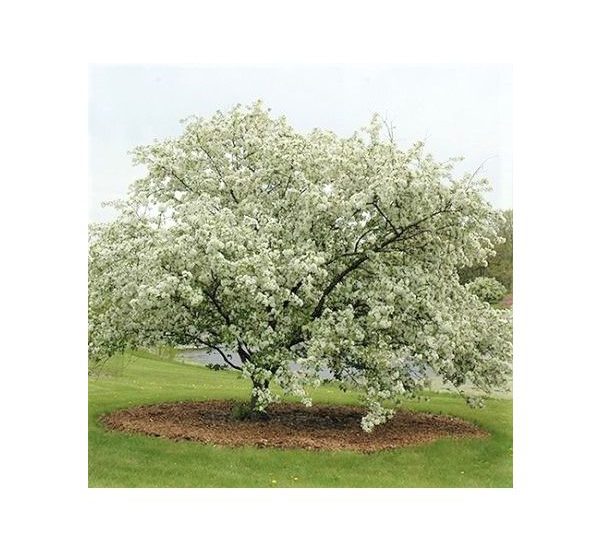Nut Trees in CT: A Guide to Growing and Harvesting Nuts in Connecticut
Connecticut is home to a variety of nut trees that can be grown in the region. Nut trees have a long history of providing food and other resources to humans and wildlife. They also have many environmental benefits, such as preventing soil erosion and providing habitat for animals.

When considering planting nut trees in Connecticut, it is important to take into account the climate and soil conditions of the region. Nut trees such as black walnuts and butternuts are native to Connecticut and thrive in the cold winter and mild summer climate of the region. Other nut trees such as almonds and pecans may not be as well suited to the region’s climate and soil conditions.
Planting considerations such as the ultimate size of the tree, spacing, and protection from deer should also be taken into account when planting nut trees in Connecticut. While seedling trees may be cheaper, cultivars may produce more consistent quality nuts sooner. By choosing the right nut trees and planting them correctly, individuals in Connecticut can enjoy the many benefits that nut trees provide.
Popular Nut Trees in Connecticut

Connecticut is home to a variety of nut trees that are well-suited to its climate and soil. In this section, we will discuss some of the most popular nut trees grown in Connecticut.
American Chestnut
The American chestnut tree was once a dominant species in the eastern United States, including Connecticut. However, in the early 1900s, a blight wiped out nearly all of the American chestnut trees in the region. Today, efforts are underway to restore the species to its former glory. The Connecticut Chapter of The American Chestnut Foundation (CT-TACF) is working to develop blight-resistant cultivars and establish seed orchards throughout the state.
Black Walnut and Butternut
Black walnut (Juglans nigra) and butternut (Juglans cinerea) are both native to Connecticut and produce delicious nuts. However, they can be difficult to grow due to their susceptibility to disease and pests. The Woodbridge Land Trust recommends planting them in well-drained soil and avoiding areas where they may be exposed to walnut blight or thousand cankers disease.
Hickory Varieties
Connecticut is home to several species of hickory trees, including shagbark hickory (Carya ovata), pecan hickory (Carya illinoinensis), and mockernut hickory (Carya tomentosa). These trees produce large, flavorful nuts that are popular with both humans and wildlife. The Housatonic Valley Regional High School recommends planting hickory trees in full sun and well-drained soil.
Other Nut-Bearing Trees
In addition to the nut trees mentioned above, Connecticut is also home to a variety of other nut-bearing trees, including hazelnut (Corylus americana), heartnut (Juglans ailanthifolia), Chinese chestnut (Castanea mollissima), and Japanese walnut (Juglans ailantifolia). These trees can be a great addition to any landscape and provide a tasty source of nuts for both people and squirrels alike.
Overall, nut trees can be a great addition to any Connecticut landscape. However, it is important to choose the right tree for your location and take steps to prevent disease and pests. By following these guidelines, you can enjoy a bountiful harvest of delicious nuts for years to come.
Cultivation and Care

Planting and Site Selection
When planting nut trees in Connecticut, it is important to choose a site that receives full sun and has well-drained soil. Nut trees require a lot of space to grow, so make sure to plant them at least 20 to 25 feet apart. It is also recommended to plant nut trees in the fall when the soil is still warm, which allows the roots to establish before winter.
When selecting which nut trees to plant, consider the best trees to plant in Connecticut such as hazelnut, hickory, and black walnut. These trees are well-suited to the state’s climate and soil conditions.
Maintenance and Management
To keep nut trees healthy and productive, regular maintenance and management are necessary. Pruning should be done annually to remove dead or diseased branches and to maintain the tree’s shape. Nut trees also require regular watering, especially during the first few years after planting. Fertilizers can also be applied to provide necessary nutrients.
It is important to be aware of common pests and diseases that can affect nut trees in Connecticut. Some of the pests that can cause damage to nut trees include the hickory shuckworm, pecan weevil, and walnut caterpillar. Diseases such as crown rot and verticillium wilt can also affect nut trees.
In summary, nut trees in Connecticut require full sun, well-drained soil, and regular maintenance to thrive. By selecting the right trees for the climate and soil conditions, planting in the fall, and providing regular care, nut trees can provide a bountiful harvest of delicious nuts.


